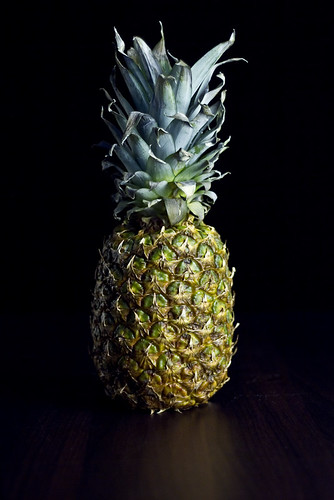And now, on to the post!
My Fiance has decided to try her hand at photography, and is very interested in studio lighting. Usually, when people hear the words "studio lighting" they start to shake their heads because they know that the equipment used is so expensive. Well, they're right, but it doesn't HAVE to be. I'm sure many of you have heard of Strobist. For those of you that haven't, Strobist is a blog that is dedicated to wireless off camera flash photography. The people that subscribe to this blog and utilize such equipment call themselves "Strobists". Generally, the Strobist starter kits, which can be found at a great online store called Midwest Photo Exchange are fantastic multi purpose systems, and will work with most any camera with a hotshoe. The starter kits include 1 Lumopro LP120 flash, an air cushioned light stand, umbrella, wireless radio trigger system, and a gaggle of other goodies that will help along the way. This is a GREAT way to get started using off camera lighting and is relatively inexpensive at around $200.00.
BUT, neither my Fiance nor I wanted to spend that money so early on in the game, so we decided to go a different route and use hotlights. Hotlights are so named because of the amount of heat they emit when left on for an extended period of time. These can be lamps or clip lights, or anything of that persuasion. Cliplights are great because they can be mounted almost anywhere, and are ideal for things like hairlights. Hotlights are a great alternative to flashes because they are much MUCH less expensive, they are quite versatile, and chances are there are several usable ones already in your home!
Because we didn't have many already, and we wanted to have a lot of options, Tiffany set out to Walmart to find a few utility cliplights and bulbs for those lights. The bulbs are immensely important because the temperature of the light will change dramatically depending on the bulb you buy. A standard Tungsten bulb will emit a very orange light, while an LED bulb (looks like alien technology) will emit a very cool (temperature) white light. These can be used independently from one another or in unison to create some very interesting results.
This brings me to the original purpose of this post. I am a TWIP (This Week In Photography) listener, and on one of the shows I heard mention of a homemade LED light panel. Apparently, LED based continuous light is increasing in popularity due to the amount of light emitted, and the power saving efficiency of the bulbs, which makes these systems also ideal for video use. As of right now, professional LED light systems are quite expensive, but are coming down in price quite quickly. Even so, making a homemade light panel will cost pennies compared to the real thing, and they can change your lighting in an instant. The best part is that its mind numbingly easy.
Here's what you need
-2 large, white, foam core presentation boards
-2 or more strands of LED Christmas lights
-1 roll of Duct Tape
-1 screw driver
The first step is to poke holes through one of the boards with the screwdriver. They don't have to be perfect, so long as the led bulb can be pushed through. The most efficient arrangement is in rows, but there's nothing wrong with getting creative. After all of the holes are punched, simply push the led bulbs through the holes. After that's finished, its a good idea to make sides for your panel so the light is being led in one direction instead of being lost out to the sides. This is where the duct tape comes in. Cut the other board in to long pieces and tape them to the edges of the light panel so that they are protruding in the same direction as the bulbs are facing.
The finished product should look something like this.


Putting tin foil on the sides helps to reflect light with greater efficiency.
Here is an example image taken with the panel. The panel was on a painting easel camera right with a reflector behind the pineapple camera left.

And there you have the homemade light panel. I think there will be more posts to come about home studios...
I also may upload a video in a few days to demonstrate.
No comments:
Post a Comment